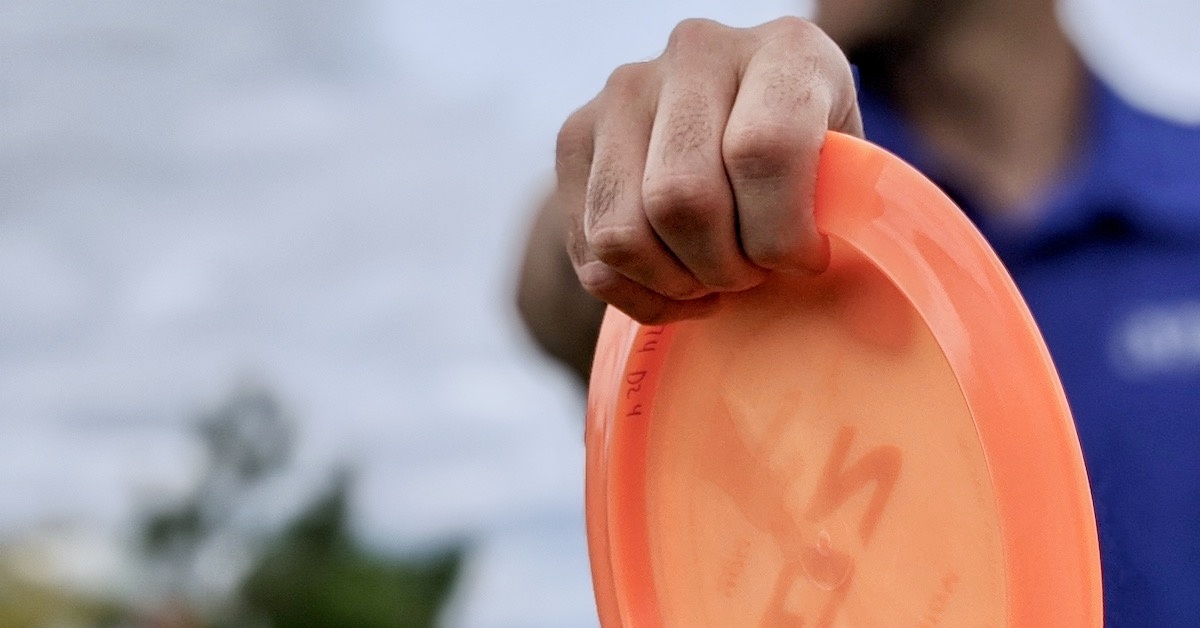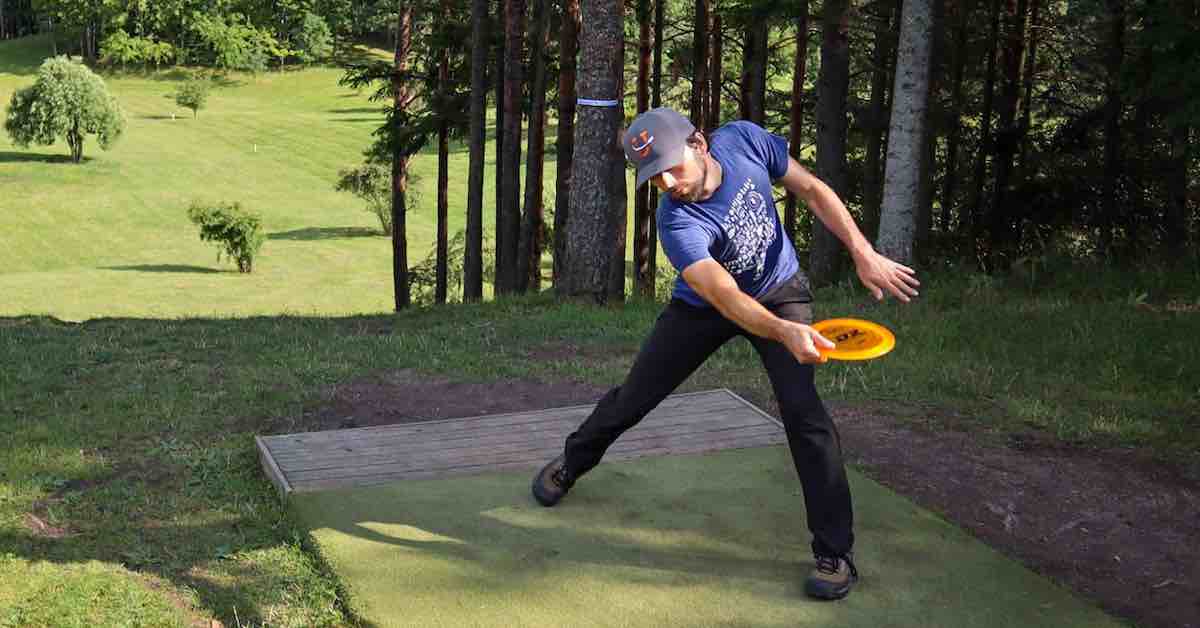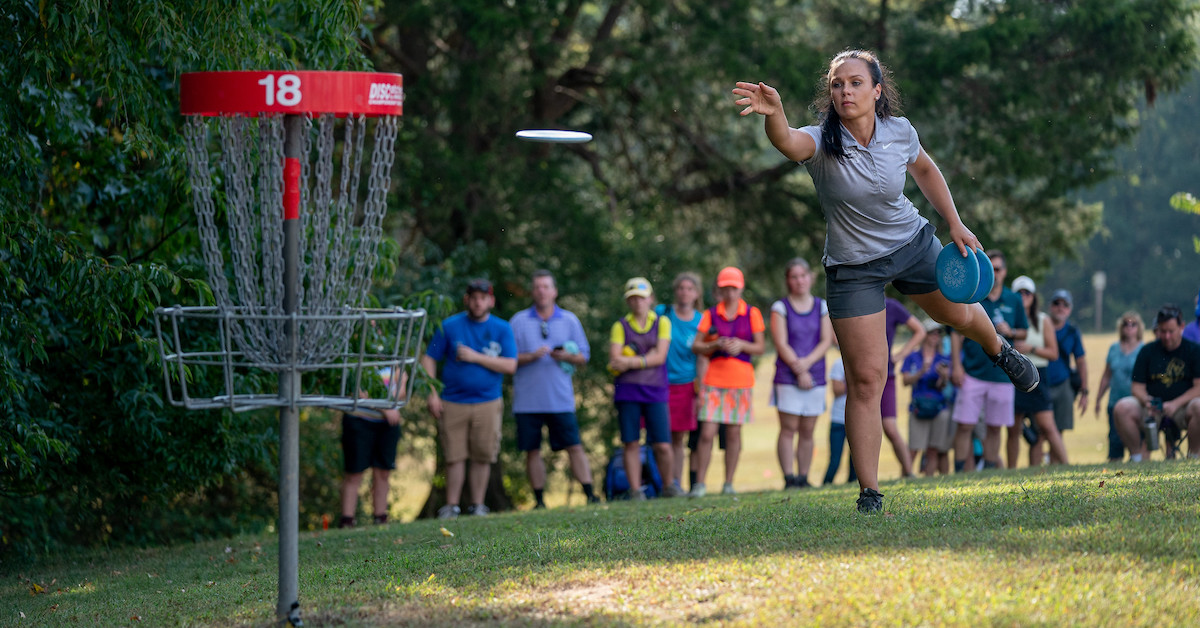Unleashing Your Disc Golf Potential: Expert Tips To Elevate Your Game
Disc golf has gained tremendous popularity as a sport that combines the principles of golf with the excitement of frisbee throwing. Whether you’re a beginner looking to improve or an intermediate player seeking to elevate your game, there are numerous ways to enhance your skills and take your disc golf game to the next level. In this comprehensive article, we’ll provide you with detailed explanations and engaging disc golf tips to help you improve your performance on the disc golf course.
Mastering The Basics
Disc Selection:

1. Understanding Disc Types: When it comes to disc golf, understanding the different types of discs is crucial for honing your skills. Discs are typically categorized into four main types: distance drivers, fairway drivers, midranges, and putters. Each type serves a specific purpose on the course.
a. Distance drivers are designed for maximum distance. They have a sharp edge and are typically more aerodynamic, allowing them to achieve incredible distance but requiring a higher level of power and technique to control.
b. Fairway drivers are versatile discs that offer a balance between distance and control. They are often used for shots that require both accuracy and distance, such as navigating tight fairways or executing controlled drives.
c. Midranges are designed for a variety of shots, including approach shots and shorter drives. They offer a good balance of control and distance, making them essential for precise throws where accuracy is paramount.
d. Putters are the discs used for short-range shots, primarily for putting into the basket. They have a rounded edge and a slower speed, providing excellent control and accuracy for accurate placement on the green.
Understanding the characteristics and flight patterns of each disc type is essential for choosing the right disc for specific throws and achieving optimal results on the course. As you become more familiar with the nuances of each disc type, you can leverage their unique qualities to elevate your disc golf game to new heights.
2. Choosing The Right Disc For Different Throws: When it comes to disc golf, selecting the right disc for each throw is paramount to success on the course. A disc’s stability, speed, and weight are key factors to consider when making your choice. Understanding the flight characteristics of discs will enable you to make informed decisions and optimize your performance.
a. Stability: Discs can be categorized as either overstable, understable, or neutral. Stability refers to a disc’s tendency to curve during flight based on its design and weight distribution. This characteristic directly affects how the disc will behave in the air.
- Overstable discs have a tendency to resist turning and maintain a straighter flight path. They are ideal for shots that require consistency and predictability, especially in windy conditions or when throwing against a headwind.
- Understable discs, on the other hand, are more prone to turning to the right (for right-handed backhand throws). They offer increased distance potential but require careful control and technique. They are valuable for executing shots that require a right-to-left (for right-handed players) or an S-curve flight path.
- Neutral discs fall in between the extremes of overstable and understable. They provide a balanced flight path and are suitable for a variety of shots, offering a blend of control and distance.
b. Speed: The speed rating of a disc indicates the power required to achieve its optimal flight. It ranges from 1 (slowest) to 14 (fastest). Faster discs require more arm speed and power to achieve maximum distance, while slower discs are easier to control and ideal for shorter throws.
c. Weight: Discs come in various weights, typically ranging from 150 grams to 175 grams. Lighter discs tend to offer increased distance potential and are easier to throw for beginners or players with less arm strength. Heavier discs provide more stability and are advantageous in windy conditions or when throwing into headwinds.
To choose the right disc for a specific shot, consider the desired flight path, distance required, wind conditions, and your own throwing power and technique. Experimenting with different discs and understanding how they perform in various situations will help you identify the discs that best suit your playing style.
Additionally, it is worth noting that disc manufacturers often provide flight charts or descriptions that offer insights into a disc’s flight characteristics. These resources can serve as valuable references when making disc selections.
By understanding the stability, speed, and weight of discs, you can make informed decisions that align with your throwing style and desired shot outcomes. This knowledge will empower you to choose the perfect disc for each throw, enhancing your control, accuracy, and overall enjoyment of the game..
Proper Grip & Stance:
1. Power Grip vs. Fan Grip: The way you grip the disc can greatly impact your throwing technique and overall performance in disc golf. Two commonly used grips are the power grip and the fan grip, each offering distinct advantages for different types of throws.
a. Power Grip: The power grip is widely used for long-distance drives and powerful throws. It maximizes control and generates more power by utilizing a firm grip on the disc.
- How To Use The Power Grip: To execute the power grip, place the disc deep in the hand, with the rim against the base of your fingers. Wrap your fingers tightly around the rim, ensuring a secure hold. The thumb should be pressed against the flight plate, providing additional stability and control.
- Advantages Of The Power Grip: The power grip allows for a more efficient transfer of power from your body to the disc, enabling you to generate maximum distance. It provides a solid connection between your hand and the disc, allowing for a strong and controlled release. The grip’s firmness enhances stability during the throwing motion, minimizing potential wobble or flutter in the disc’s flight.
- Considerations With The Power Grip: While the power grip offers increased power and distance potential, it may sacrifice some finesse and touch. It requires a higher level of grip strength and may be more challenging for players with smaller hands or limited finger dexterity. It is also important to practice maintaining a balanced grip pressure to avoid gripping the disc too tightly, which can affect your release and accuracy.
b. Fan Grip: The fan grip is often preferred for shorter throws that require accuracy and touch. It allows for a looser hold on the disc, promoting increased control and finesse.
- How To Use The Fan Grip: To execute the fan grip, hold the disc with the rim against the pads of your fingers. Spread your fingers out, resembling a fan, and allow the thumb to rest lightly on the flight plate. The grip should be relaxed and comfortable, without excessive pressure on the disc.
- Advantages Of The Fan Grip: The fan grip offers enhanced touch and control, making it ideal for approach shots, mid-range throws, and precision shots around obstacles. The looser grip allows for increased wrist and finger movement, facilitating delicate releases and subtle adjustments to the disc’s flight path.
- Considerations With The Fan Grip: While the fan grip excels in accuracy and touch, it may sacrifice some power and distance potential. The looser grip may require additional focus on maintaining a clean release and avoiding grip slips during the throwing motion. It is crucial to find the right balance between a relaxed grip and maintaining enough control to prevent the disc from slipping or turning unexpectedly.
Understanding the strengths and weaknesses of both the power grip and fan grip empowers you to adapt your throwing technique to different situations on the course. Experiment with both grips during practice sessions to determine which one feels most comfortable and effective for various throws. Remember, proper grip technique, regardless of the chosen grip, is essential for consistent and controlled disc releases.
2. Stance & Body Position: The way you position your body and adopt a proper stance in disc golf can significantly impact your throwing power, accuracy, and overall control. Finding the right balance between generating power and maintaining control is crucial for consistent and accurate throws.
a. Stance: The stance refers to how you position your feet and body in preparation for a throw. There are a few common stances used in disc golf:
- Backhand Stance: In the backhand stance, your throwing arm is extended across your body, and the disc is held with the back of your hand facing the target. Your non-throwing arm provides balance and stability while gripping the disc.
- Forehand Stance (Or Sidearm): The forehand stance involves positioning your non-throwing arm across your body while holding the disc with the front of your hand facing the target. Your throwing arm swings across your body during the throw.
- Hybrid Stance: The hybrid stance combines elements of both the backhand and forehand stances. It allows you to utilize the strengths of each technique and adapt to different throwing situations.
b. Body Position: In addition to the stance, your overall body position plays a vital role in generating power and maintaining control.

- Balance: Ensure that your weight is evenly distributed between your feet, maintaining a stable base throughout the throwing motion. Proper balance enhances your control and stability during the throw.
- Alignment: Face the target directly, aligning your body and feet in the direction you want the disc to go. This alignment promotes accuracy and minimizes unnecessary body movement during the throw.
- Posture: Maintain a relaxed yet athletic posture with a slight bend in your knees and a straight back. This posture allows for better weight transfer and helps generate power from your legs and core.
c. Weight Shift & Follow-Through: Proper weight shift and follow-through are essential for maximizing power and maintaining control during the throw.
- Weight Shift: As you initiate the throwing motion, transfer your weight from your back foot to your front foot. This weight transfer generates power and momentum, adding distance and accuracy to your throw.
- Follow-Through: Complete the throwing motion with a smooth and controlled follow-through. Allow your arm to extend fully, and let your body naturally rotate towards the target. A full follow-through helps maintain accuracy and ensures that your energy is properly transferred into the disc.
By focusing on your stance, body position, weight shift, and follow-through, you can optimize your throwing technique in disc golf. Practice these aspects during training sessions to develop muscle memory and improve your overall throwing consistency. Remember, finding a comfortable and repeatable stance and body position that works best for you is key to achieving a balance between power, control, and accuracy in your throws.
Essential Throwing Techniques
Backhand Throw:
- Body Mechanics: Proper weight transfer, arm motion, and follow-through are crucial for a successful backhand throw. Understanding the mechanics behind these movements will help you generate power and accuracy.
- Release Point: The release point is the moment when you let go of the disc. Timing and accuracy at the release point significantly impact the flight path of your throw. Mastering this aspect will enable you to achieve consistent results.
Forehand (Sidearm) Throw:
- Grip & Arm Position: The grip and arm position are essential for executing a successful forehand throw. Proper finger placement and wrist action generate power and spin, allowing you to control the flight path of the disc.
- Snap & Release: The snap of the wrist and the release of the disc play a critical role in maximizing power and accuracy in a forehand throw. Understanding the mechanics behind the snap and release will help you improve your throws.
Effective Putting Strategies
Choosing The Right Putter:
- Putt & Approach Discs: Putters specifically designed for putting and approach shots offer varying levels of stability and glide. Understanding the characteristics of different putters will enable you to select the disc that suits your throwing style.
- Comfort & Confidence: Finding a putter that feels comfortable in your hand and instills confidence is vital for consistent and successful putting. Experimenting with different putters will help you identify the one that best suits your preferences.
Developing A Consistent Putting Routine:
- Stance & Alignment: Establishing a consistent stance and aligning yourself with the target are essential for accurate putting. Proper foot placement and focus on the target will improve your putting consistency.
- Grip & Release: A smooth and controlled grip, along with a clean release, contribute to consistent and accurate putting. Practicing these aspects will help you refine your putting technique.
Game Management & Strategy
Course Familiarization:

- Scouting The Course: Understanding the terrain, layout, and potential obstacles on a disc golf course will help you plan your shots effectively. Take the time to analyze the course before you start playing.
- Pre-Shot Visualization: Visualizing your shots in advance allows you to strategize and plan for optimal shot placement. This mental preparation will help you navigate the course more efficiently.
Shot Selection & Shot Shaping:
- Hyzer, Anhyzer, & Straight Throws: Familiarize yourself with different throwing techniques to shape your shots. Hyzer throws curve left (for right-handed players), anhyzer throws curve right, and straight throws maintain a consistent flight path. Being able to execute these different throws will expand your shot selection and help you navigate obstacles effectively.
- Using Different Discs For Various Shots: Each disc has unique flight characteristics. Utilize different discs for specific shots to maximize control, accuracy, and distance.
Mental Approach & Mindset
Focus & Concentration:
- Eliminating Distractions: Disc golf requires focus and concentration. Minimize distractions and find your rhythm on the course to maintain consistent performance.
- Staying Present: Let go of past mistakes and future worries. Focus on the current shot and give it your full attention. Being present in the moment will help you perform at your best.
Handling Pressure:
- Breathing Techniques: Deep, controlled breathing helps calm nerves and maintain composure during high-pressure situations. Incorporate breathing exercises into your routine to manage pressure effectively.
- Positive Self-Talk: Develop a positive internal dialogue to build confidence and resilience. Encourage yourself and maintain a positive mindset, even in challenging situations.
Training & Practice Strategies
Field Work:
- Distance & Accuracy Drills: Dedicate time to practicing throws in an open space, focusing on both distance and accuracy. Work on different throwing techniques to improve your overall performance.
- Shot Repetition: Repeat specific throws to develop muscle memory and consistency. Consistent practice will help you execute shots with confidence on the course.
Putting Practice:
- Short & Long Putts: Practice putting from various distances to improve your accuracy and touch. Focus on developing a consistent putting stroke for both short and long putts.
- Mock Rounds: Simulate game scenarios during practice by imagining specific hole layouts and shot requirements. This will help you prepare mentally for real-game situations.
Conclusion
By implementing the disc golf tips and techniques outlined in this article, you can enhance your skills, boost your confidence, and take your game to the next level. Remember, consistent practice and a positive mindset are essential for improving your performance on the disc golf course. Embrace the joy of disc golf, enjoy the journey of honing your skills, and let those discs fly with precision and finesse!





